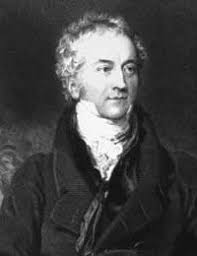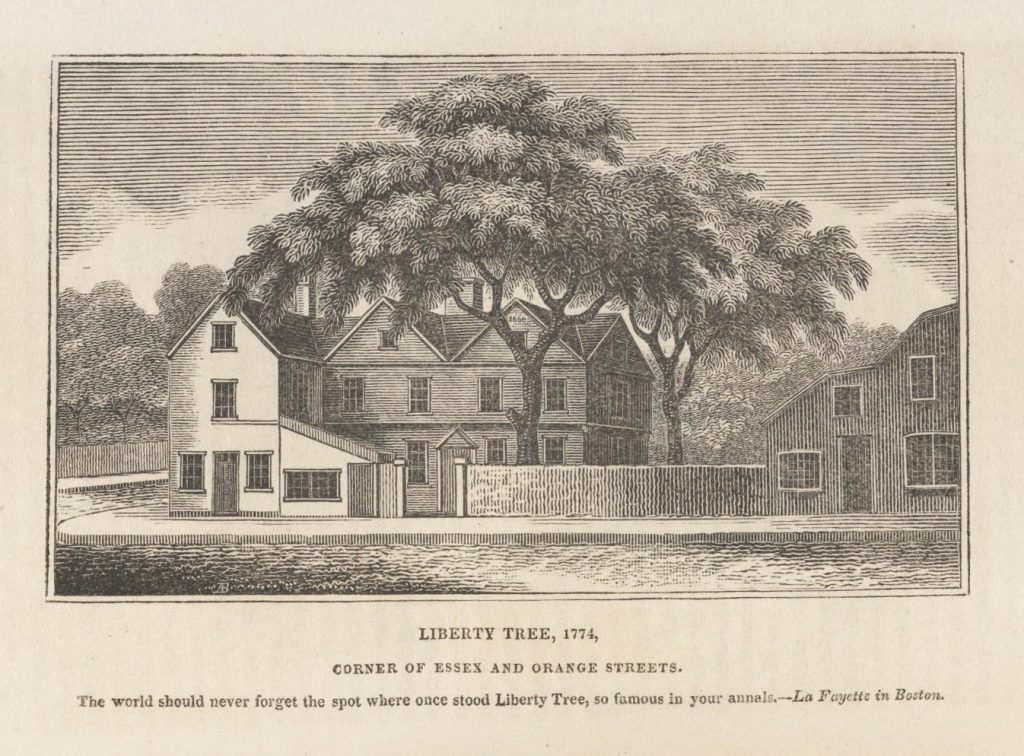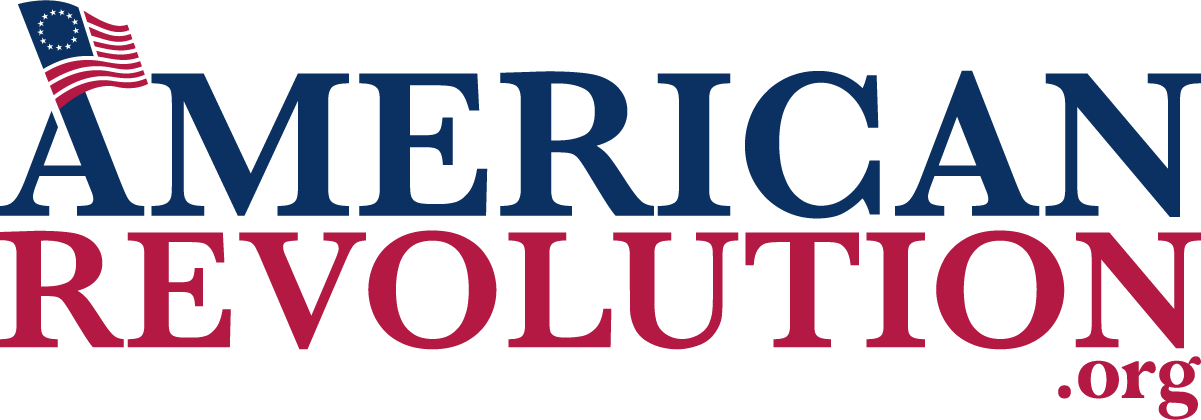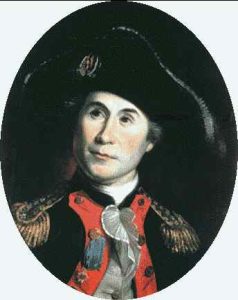Contents
Contents
The Loyal Nine (also known as the Loyall Nine) were one of the first organized resistance groups against British overreach in colonial America.
Establishment
In March 1765, the British implemented the Stamp Act in the Thirteen Colonies.
The Act made it a legal requirement to use British paper for a wide range of documents and other written material, including everything from wills to trading cards. This British-made paper was stamped, and had a tax associated, helping to raise revenue for the British government.
The American colonists were outraged by the Stamp Act. Though the tax was small, they believed it was unfair for the British to levy taxes on the colonists without their consent, and without offering colonial representation in British Parliament.
The Loyal Nine was a group of nine tradespeople and businessmen from Boston who met to organize resistance against the Stamp Act.
The group was established soon after the Act was passed in March 1765.
The nine members of the group were:
- Benjamin Edes
- John Smith
- Henry Bass
- John Avery
- Joseph Field
- Thomas Crafts
- Steven Cleverly
- George Trott
- Thomas Chase
Most of the men worked in the metalworking or rum industry. Some were painters, newspaper printers, or worked at the Port of Boston.
Actions
The Loyal Nine would meet regularly in the headquarters of the Boston Gazette to organize protests against the Stamp Act.
They would work with Ebenezer Mackintosh, the leader of a local gang called the South Enders, to incite protests and demonstrations in and around Boston.
The Loyal Nine would then help to support these protests, supplying food and drink to participants, for example, and organizing their timing so as to cause as much trouble for the British as possible.
The group also organized the hanging and burning of effigies of British tax enforcers, and arranged for mobs to harass the men in person, in an attempt to intimidate them.
Edes, in his role as publisher of the Gazette, would print stories to help rile up anti-British sentiment among those living in Boston.

On August 26, the house of Thomas Hutchinson, Lieutenant Governor of Massachusetts Bay, was broken into and destroyed by a violent mob organized by the Loyal Nine and the Sons of Liberty.
When the Stamp Act enforcement was due to begin on November 1, the Loyal Nine even managed to convince Mackintosh and his gang to team up with their arch-rivals, the North Enders, to protest and disrupt the tax collectors.
Publicly, members of the Loyal Nine distanced themselves from the violence, fearing it would damage their reputation.
Soon though, the tactics worked. Stamp Master Andrew Oliver, Hutchinson’s brother-in-law, was forced to publicly resign his office on December 17, 1765. The Stamp Act effectively became impossible to enforce, and the British repealed it in March the next year.
Legacy
The Loyal Nine is considered a precursor organization to the legendary Sons of Liberty, the most famous Patriot resistance organization in the Thirteen Colonies.
The Sons of Liberty was established around August 1765, with many of the same goals as the Loyal Nine. All of the Loyal Nine went on to join the more well-known group, and the two organizations were effectively merged by the end of 1765.
Some of the group’s members, including Edes, Bass, and Chase, are thought to have participated directly in the Boston Tea Party in 1773.
The Loyal Nine is also credited with creating the legend of the Liberty Tree, located in downtown Boston.

The group was the first to use the tree as a meeting point for Stamp Act protests, and also used it to hang an effigy of Andrew Oliver on August 14, 1765.


